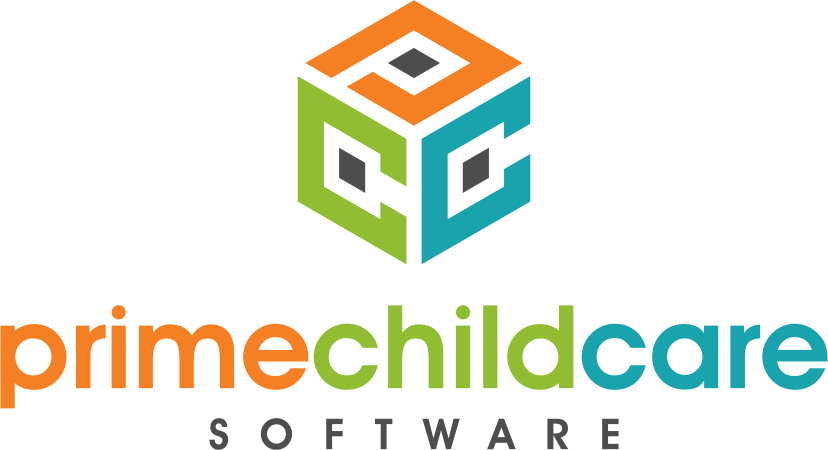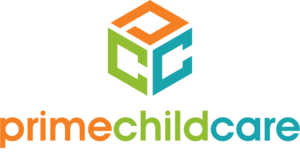As the U.S. continues to grapple with the coronavirus pandemic, child care has become one of the hardest hit but least supported industries. Parents have long struggled to find child care services that they can afford and meets their needs. Child care businesses have also struggled to provide quality and developmentally appropriate care with limited resources available to them.
Now, the COVID-19 pandemic has hit the country hard. It threatens to decimate the economy and exacerbate the existing child care crisis by raising significant new challenges. For one, it forced many childcare centers across the country to close their doors for a while as the federal and state governments tried to get a handle on the escalating infections and deaths.
While many centers have since reopened, they presently operate with significantly decreased enrollment figures and increased instability because of the ongoing pandemic. The new reality poses a threat to many child care programs across the U.S., which were already operating on razor-thin margins and a lack of financial reserves required to weather the prevailing crisis.
What Happens to the U.S. if Childcare Fails?
As the COVID-19 pandemic ravages throughout the nation, child care businesses continue to brave the harsh conditions to provide much-needed service to the working class’s children. However, without sufficient federal investment in the industry, half of the country’s child care capacity risks permanent closure moving forward.
If this were to happen, it would result in a catastrophic impact on the U.S. economy. It would jeopardize thousands of child care jobs, leave millions of families without access to child care, and plunge parents into turmoil as they struggle to juggle work and home responsibilities.
Despite the critical role of the child care industry in the American economy, there still exists a widespread lack of understanding of the actual cost of providing these essential services. More so now that child care, as with other industries, faces new guidelines and challenges in its response to the COVID-19 pandemic.
What are Stakeholders Doing to Support Child Care?
In March 2020, Congress passed the much-needed Coronavirus Aid, Relief, and Economic Security (CARES) Act that provided $3.5 billion to states to support child care access through the Child Care and Development Block Grant. However, the funding was woefully insufficient to support child care programs across the country, especially with the increased COVID-19 prevention measures.
After recognizing this shortfall, the U.S. House of Representatives passed the Child Care Is Essential Act on a bipartisan vote in July 2020. The Act would provide an additional $50 billion investment injection in the childcare industry to stabilize it. Unfortunately, as late as September 2020, the Senate had failed to act on the bill or appropriate funds for child care.
Many states are tapping into the CARES Act funding to help providers maintain operations throughout the pandemic, offset their increased costs, and support modified subsidy policies to enable them to provide enrollment-based payments rather than attendance-based.
Furthermore, child care providers have access to the Paycheck Protection Program.
What Operational Childcare Centers are doing to Stay Afloat
A Yale University study on more than 57,000 childcare workers who were operational in May and June 2020 provided evidence that risk mitigation efforts are effective in these environments. The national survey found that child care providers who continued to work during the pandemic’s early months did not have a higher risk of contracting the coronavirus compared to those who closed shop – provided that they followed safety protocols strictly.
Over 90% of the survey respondents reported adhering to the following safety measures:
- Practicing good hand hygiene among all staff members and children
- Frequently disinfecting indoor fixtures and surfaces
- Keeping small group sizes (an average of eight kids in centers and six in home-based programs)
- Symptoms screening
- Social distancing
Child care centers that remained open through the pandemic without increased infection rates made herculean efforts to ensure the children’s safety. They tirelessly cleaned and disinfected all surfaces and fixtures at least three times a day without fail.
The study’s findings align with a CDC report released in August that suggested child care centers could reopen if they followed strict protocols and community spread was low.
Child care centers owners who remained in business had to read up on the required safety measures and advisories and tracked mandates from the Centers for Diseases Control and Prevention (CDC) and state agencies.
These child care centers knew that successful operation with minimal infection risks required a teamwork approach from the staff, parents, and the kids. Therefore, providers also approached parents to ensure that they knew their responsibilities regarding the set health guidelines and what to do if their kids showed any symptoms.
CDC Child Care Safety Protocols
The safety measures below are from the CDC’s General Preparedness and Planning Protocol:
- Wash hands using soap and water or use alcohol-based hand sanitizers
- Clean and disinfect frequently touched fixtures and surfaces
- Cover sneezes and coughs
- Use face masks
- Always supervise young children
- Require sick kids and staff to stay at home
- Have a plan of action is someone shows symptoms or falls sick, such as isolation and disinfection protocols
- Implement social distancing strategies
- Monitor and plan for staff absenteeism
- Assess group events and gatherings
- Modify pick up and drop off procedures
- Maintain adequate staff to children ratio
The CDC also advises child care centers to work closely with local health officials, child care licensing and accreditation bodies, health consultants, school districts, and other community partners to determine appropriate action.
The Way Forward
Child care is a necessity, especially for working families, a fact that was true long before the COVID-19 pandemic but has now become more evident as families struggle to balance work demands and family responsibilities. Without adequate child care, parents cannot work efficiently, which hurts the economy further.
Investing in child care centers moving forward could help with some of the existing disparities and challenges that the industry faces, such as funding, space, and quality. Funding could stabilize the industry in the short term and ensure a comprehensive early childhood system in the long run.
Hopefully, all is not lost, and the COVID-19 pandemic was the wake-up call needed to effect lasting changes to child care.
Technology, such as personalized child care apps, are a great way to reach parents and ensure they remain updated on policies and health notices. To learn more about customizable software and their benefits during emergencies and routine days, contact Prime Childcare Software experts today.










